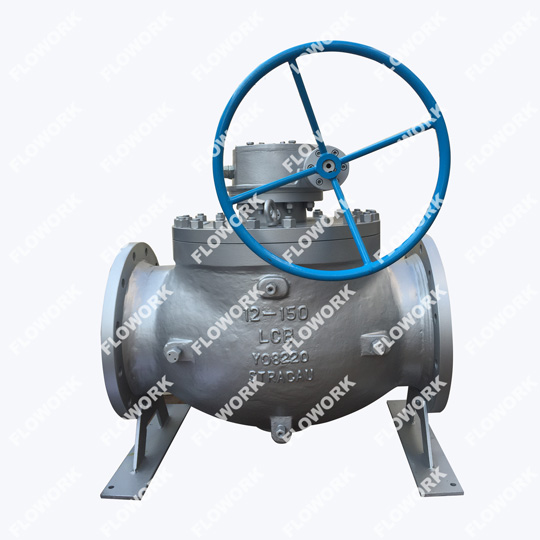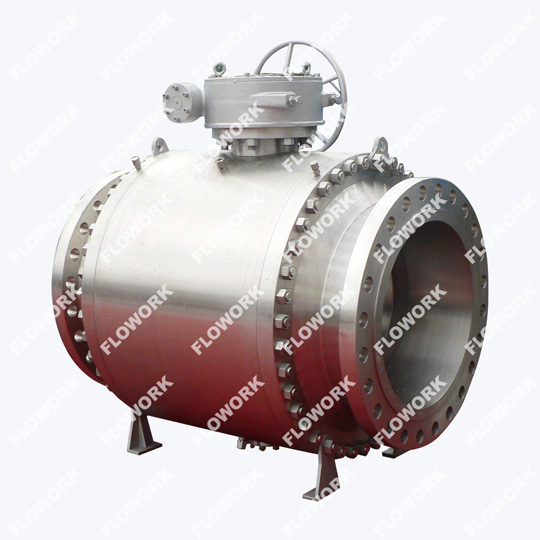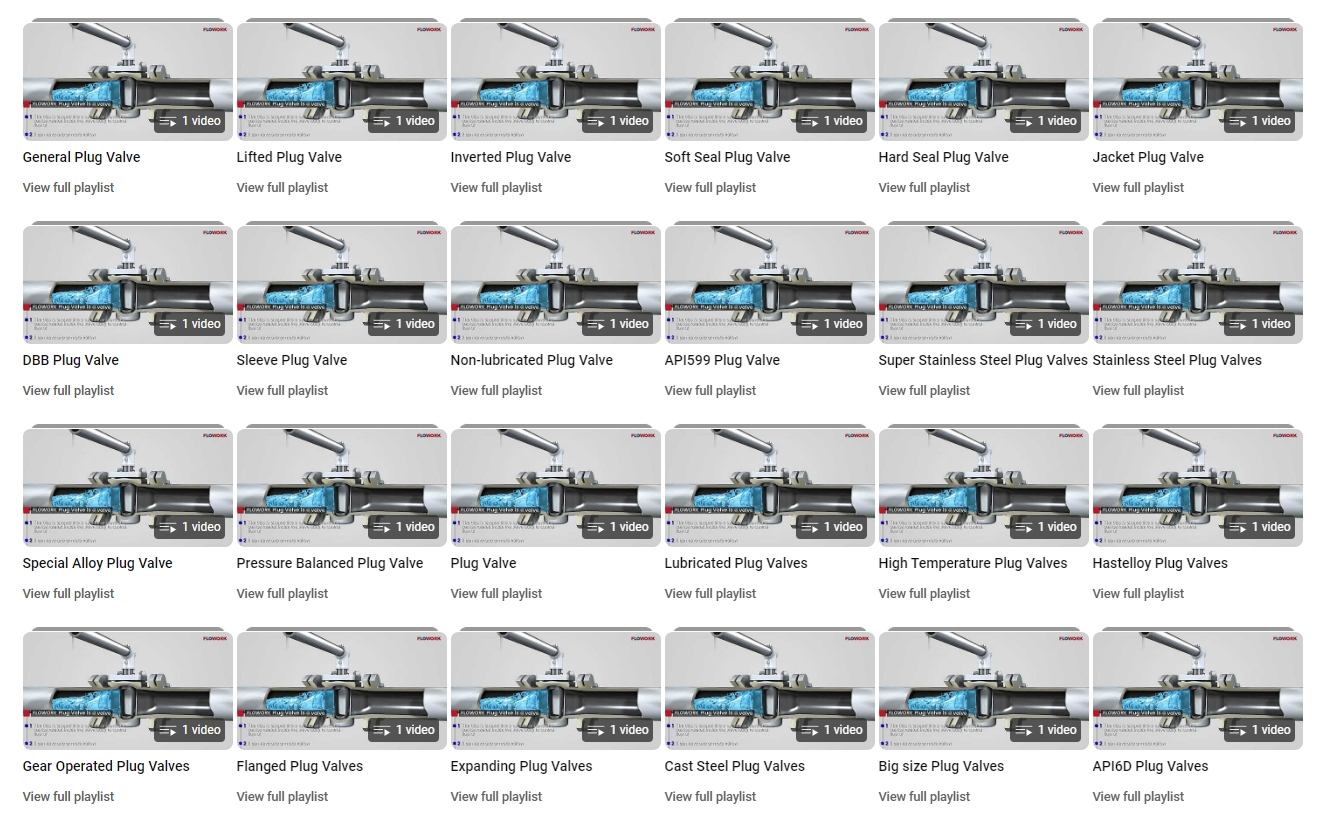What is ball valve parts and functions?
Hello everyone, today I will talk to you about each component of the ball valve and its functions, and share with you the design principles, manufacturing processes and application scenarios behind each component. I step into the world of ball valves with you, revealing their intricacies and providing you with valuable insights. The key to an in-depth understanding and optimized use of ball valves lies in precise mastery of their components and functions. Each component has its own unique design and purpose, and together they make this a standout in fluid control. I will explain each part of the ball valve and its function one by one to help you understand this engineering miracle more fully.
1. Analysis of main components of ball valve
Valve body: The valve body is the foundation of the ball valve and bears the pressure and temperature of the fluid. Usually made of cast iron, cast steel, stainless steel and other materials to ensure its strength and durability. The design of the valve body needs to consider factors such as the properties of the fluid, working pressure and temperature to ensure its stability and safety.
Valve cover: The valve cover and the valve body are closely combined to form a fluid channel. The material and thickness of the valve cover need to be selected according to the actual application scenario to ensure its ability to withstand pressure and temperature changes.
Sphere: As the core component of the ball valve, the ball controls the flow of fluid. The diameter of the through hole on its surface determines the flow rate of the fluid. The sphere is usually made of stainless steel, ceramics and other materials, which not only ensures its wear resistance but also ensures its sealing performance, globe valve manufacture.
Valve stem: The valve stem connects the actuator (such as a handle, motor or pneumatic device) and the ball, transmitting power to rotate the ball. The design and material selection of the valve stem need to consider its bending resistance, torsional strength and sealing with the ball.
Sealing ring: The sealing ring ensures the sealing between the ball, the valve body and the valve cover to prevent fluid leakage. Commonly used sealing ring materials include polytetrafluoroethylene, rubber and metal gaskets. The selection of sealing rings needs to consider factors such as the nature of the fluid, working pressure and temperature.
Packing: Packing is located on the outside of the valve stem and prevents fluid from leaking along the valve stem. Commonly used filler materials include graphite, polytetrafluoroethylene, etc. The selection and design of the packing need to ensure its sealing performance and durability.

2. The cooperative working principle of ball valve components
When the actuator drives the valve stem to rotate, the ball rotates accordingly, thereby changing the state of the fluid channel. When the ball through hole is aligned with the fluid channel, the fluid passes smoothly; when the through hole is perpendicular to the fluid channel, the fluid is cut off, achieving fluid control. During this process, sealing rings and packing ensure the sealing of the entire system and prevent fluid leakage.
3. Manufacturing process and quality control of ball valve components
In order to ensure the quality and performance of ball valves, the manufacturing process and quality control of its components are crucial. The following is a discussion of the manufacturing process and quality control of the main components of ball valves.
Casting and processing of valve body and valve cover: Valve body and valve cover are usually manufactured by casting process, and the material selection needs to consider factors such as strength, corrosion resistance and cost. During the casting process, parameters such as the chemical composition of the material, melting temperature, and pouring speed need to be strictly controlled to ensure the quality of the casting. After casting is completed, machining, heat treatment and non-destructive testing are required to ensure the dimensional accuracy and mechanical properties of the valve body and valve cover, api 6d ball valve.
Processing and grinding of the ball: The ball is the core component of the ball valve. Its processing accuracy and surface quality directly affect the sealing performance and fluid control performance of the ball valve. Spheres are usually precision machined using CNC machines to ensure their dimensional accuracy and shape tolerances. The grinding process can further improve the surface quality and sealing performance of the sphere and reduce the leakage rate. Appropriate abrasives and process parameters need to be selected during the grinding process to avoid damage to the sphere.
Manufacturing and heat treatment of the valve stem: The valve stem needs to withstand the torque transmitted by the actuator and the pressure of the fluid, so the mechanical properties and corrosion resistance of the material need to be paid attention to during its manufacturing process. The valve stem is usually made of alloy steel or stainless steel and is tempered to improve its strength and toughness. During the heat treatment process, parameters such as temperature, time and cooling rate need to be strictly controlled to ensure that the performance of the valve stem reaches the standard.
Selection and installation of sealing rings and packing: Sealing rings and packing are key components to ensure the sealing performance of the ball valve. When selecting seals and packings, factors such as the nature of the fluid, working pressure and temperature need to be considered. During the installation process, ensure that the sealing ring and packing fit closely with the corresponding parts to avoid leakage. At the same time, it is also necessary to pay attention to the wear of sealing rings and packings and replace them regularly to ensure the safe operation of the ball valve, plug valve supplier.

4. Optimized design and development trends of ball valve components
With the advancement of technology and changes in market demand, the optimal design and development trends of ball valve components are also constantly evolving. Here are some directions worth paying attention to:
Lightweight design: In order to reduce the weight and cost of ball valves, lightweight design has become an important development direction. By adopting measures such as high-strength lightweight materials, structural optimization and manufacturing process improvements, the weight of the ball valve can be reduced while ensuring performance.
Intelligence and automation: With the continuous development of Internet of Things, sensor and actuator technology, the intelligence and automation of ball valves have become possible. By integrating sensors and actuators on ball valves, real-time monitoring and control of fluid status, valve opening and leakage can be achieved, improving production efficiency and safety.
Green environmental protection and sustainable development: In the context of coping with global climate change and resource constraints, green environmental protection and sustainable development have become important issues in the valve industry. The manufacturing process of ball valves should pay attention to energy conservation, emission reduction and resource recycling to reduce the impact on the environment. At the same time, the design and material selection of ball valves should also consider environmental factors, such as using renewable materials and biodegradable materials, butterfly valve wholesale.
Personalization and customization: As various industries continue to improve the performance requirements of ball valves, personalization and customization have become important features of the ball valve market. Manufacturers need to provide customized solutions based on customer needs, including special materials, non-standard sizes and special functions, to meet customers' individual needs.
I have conducted a detailed analysis of the components and functions of ball valves to help you gain a deeper understanding of this outstanding representative in the field of fluid control. By discussing the design principles and manufacturing processes behind each component, everyone can better understand the working principle and performance advantages of ball valves, and provide powerful guidance for practical applications.








